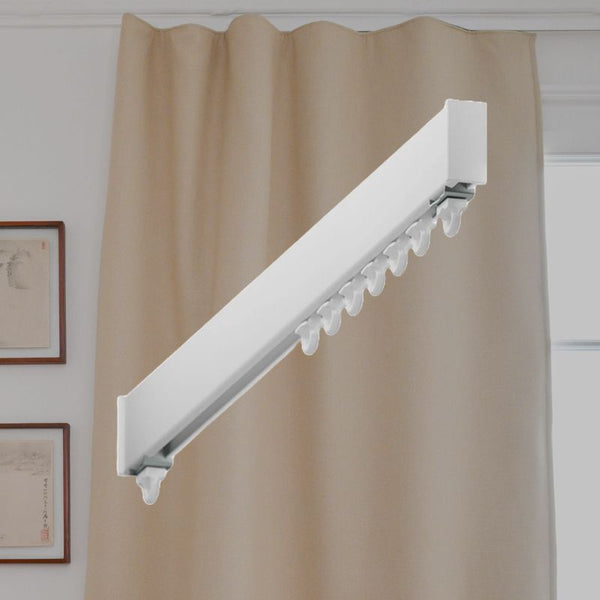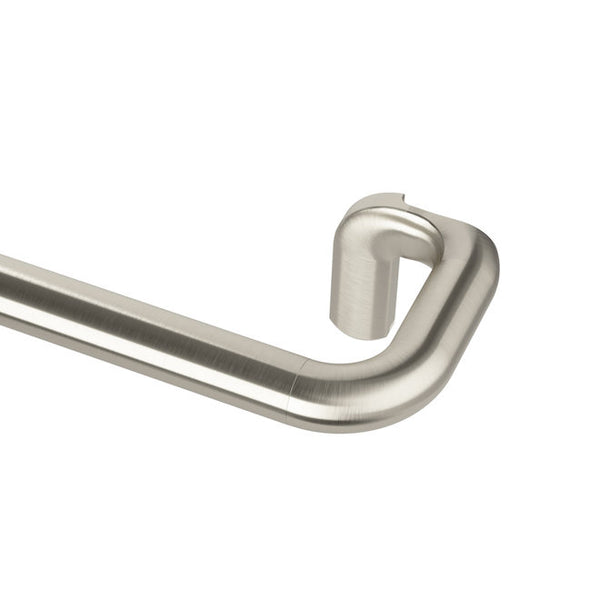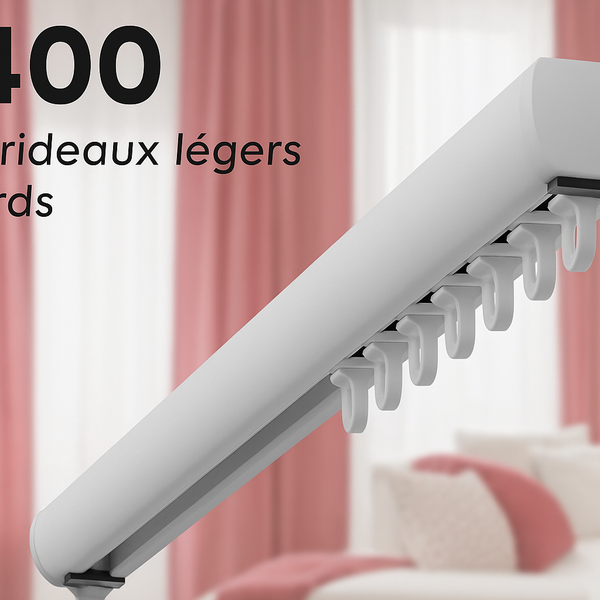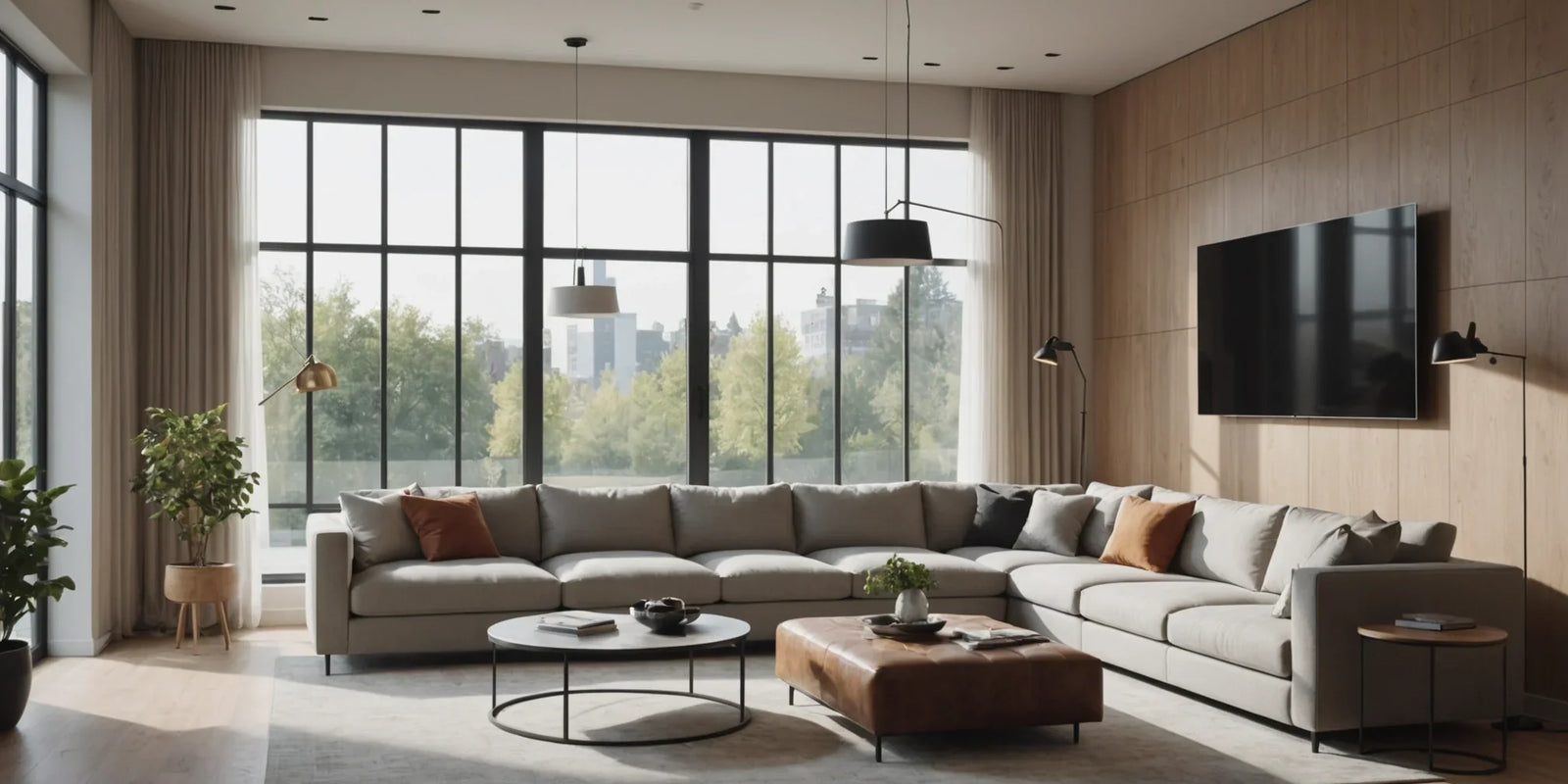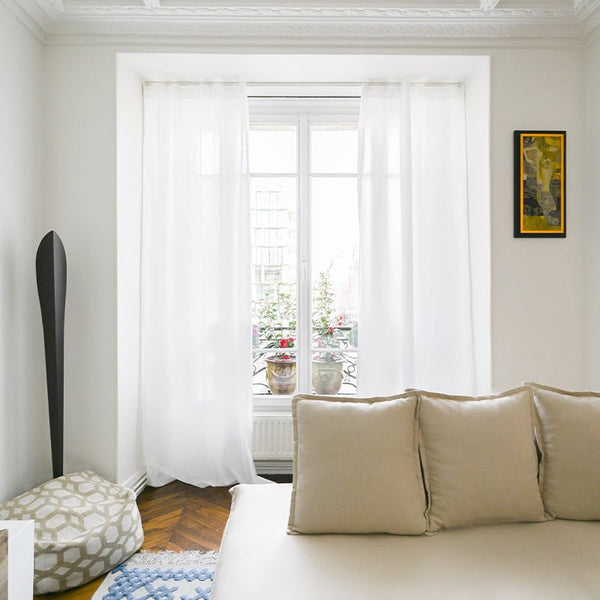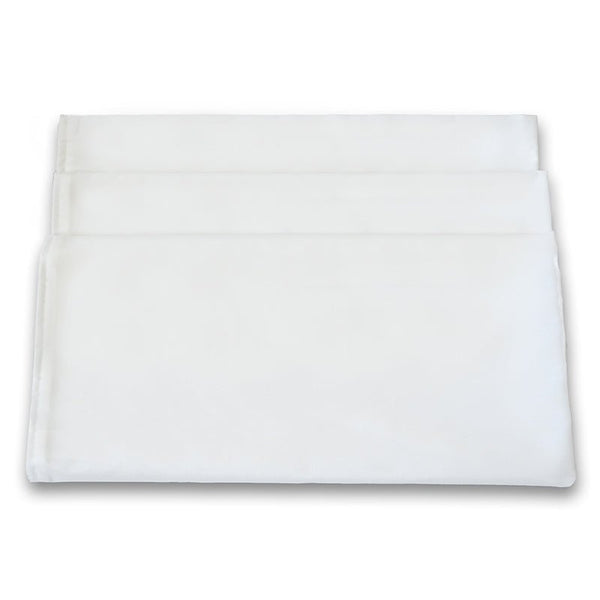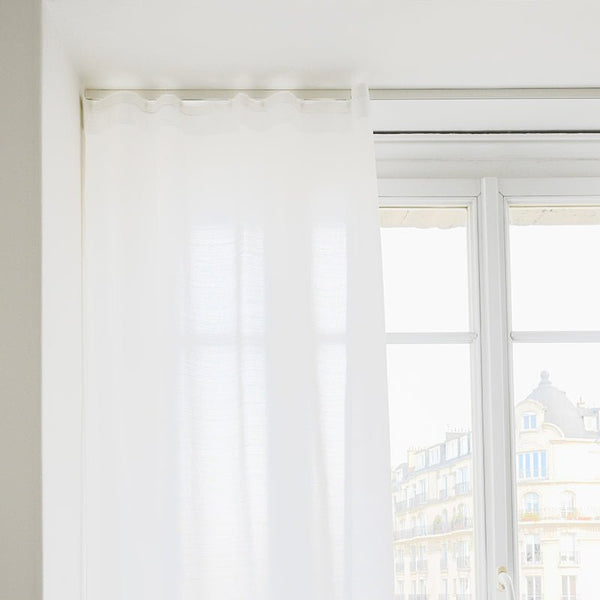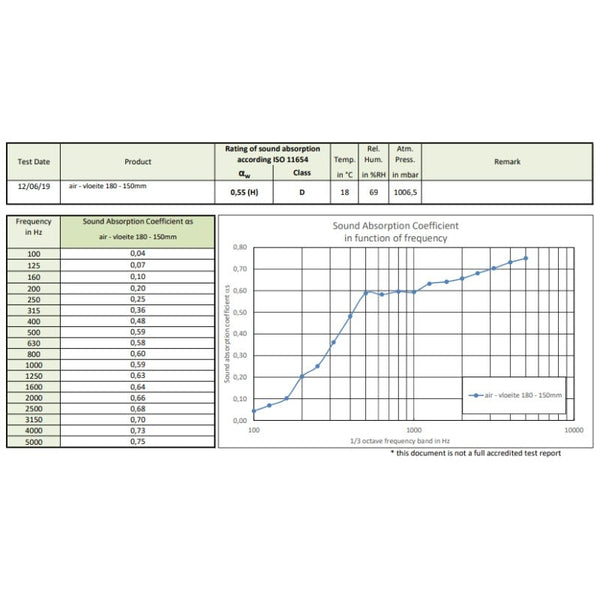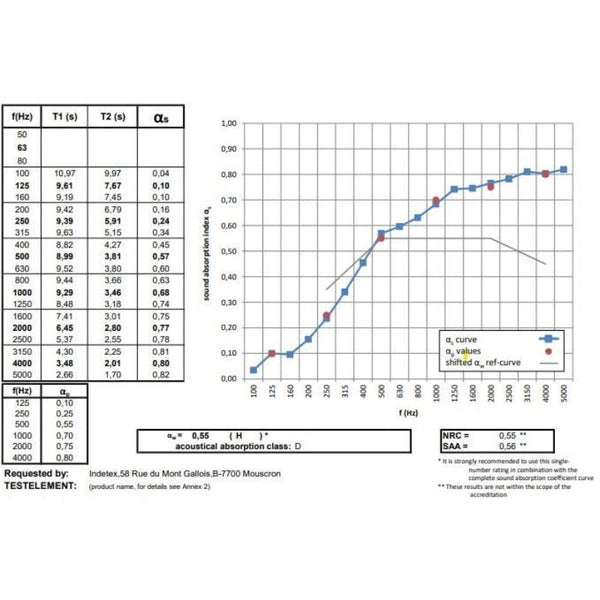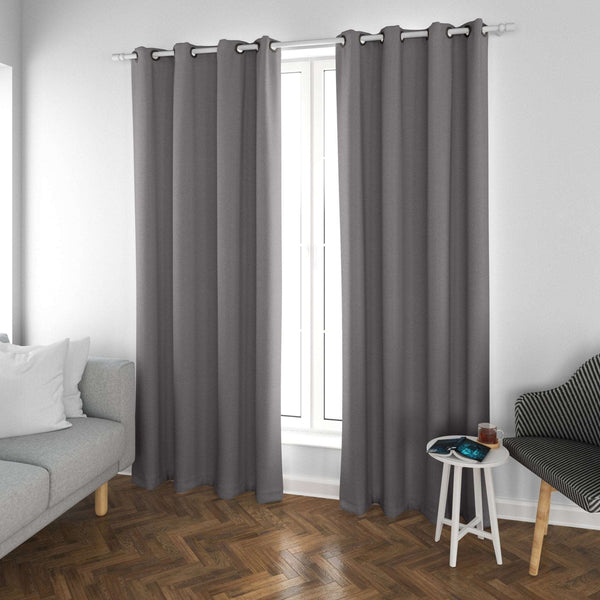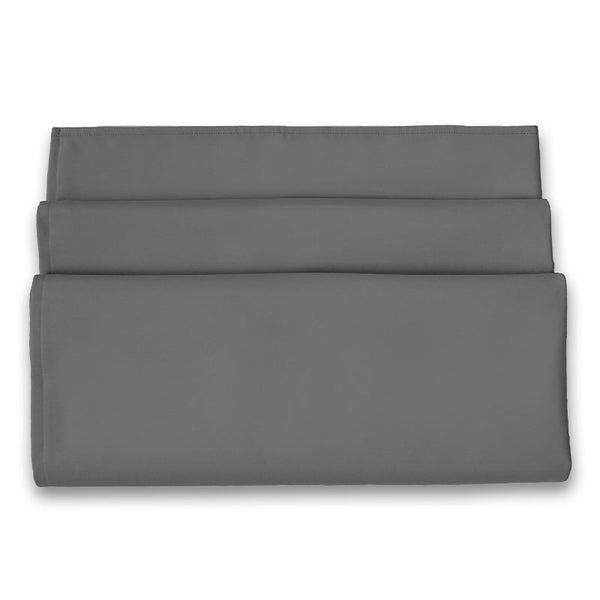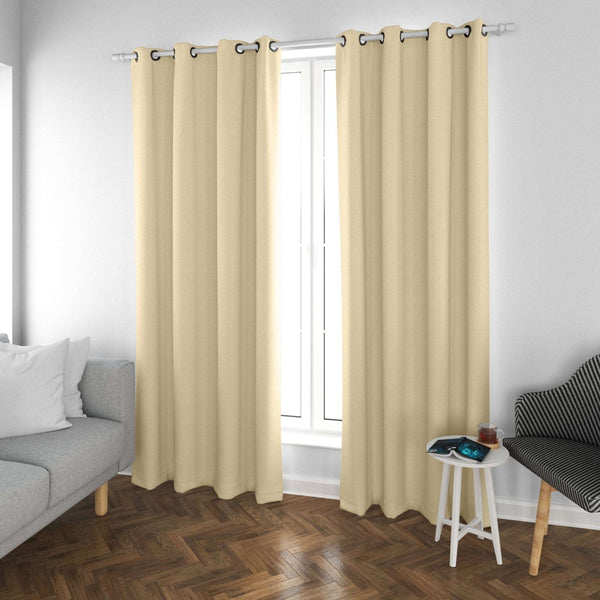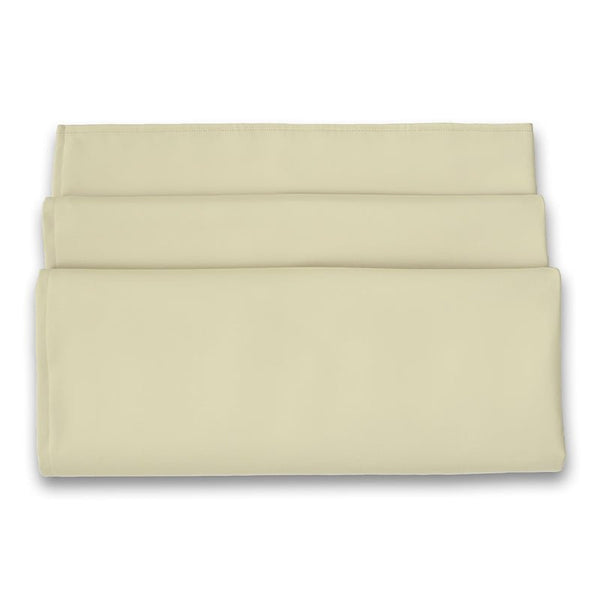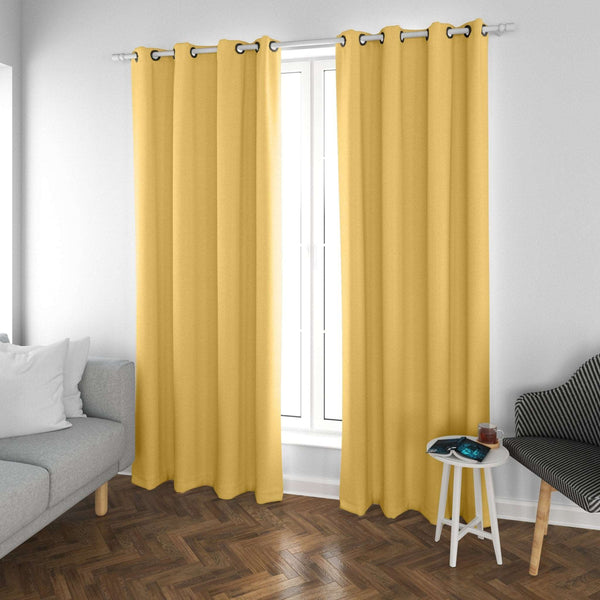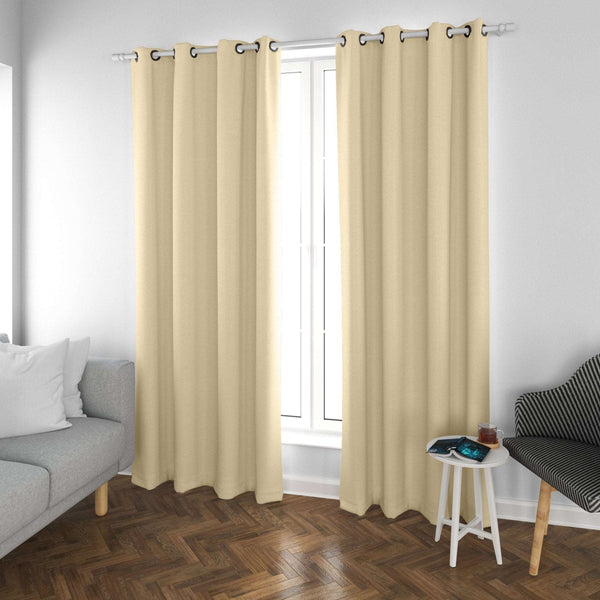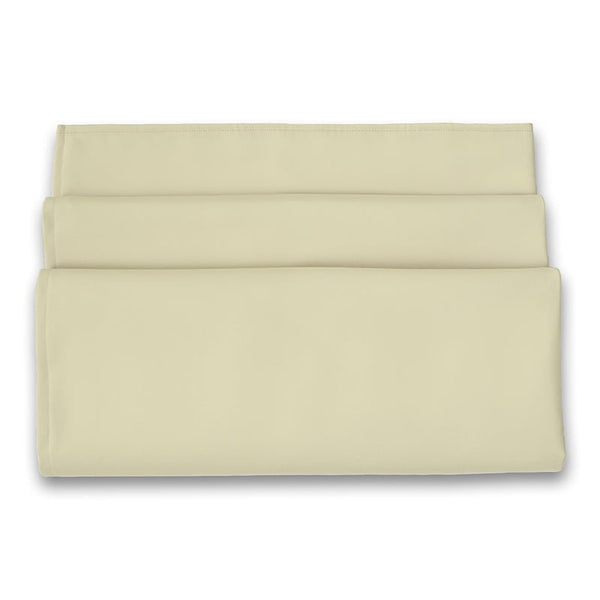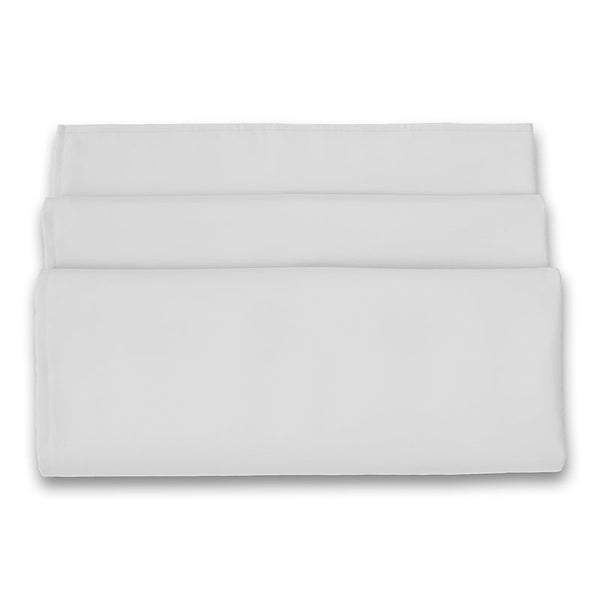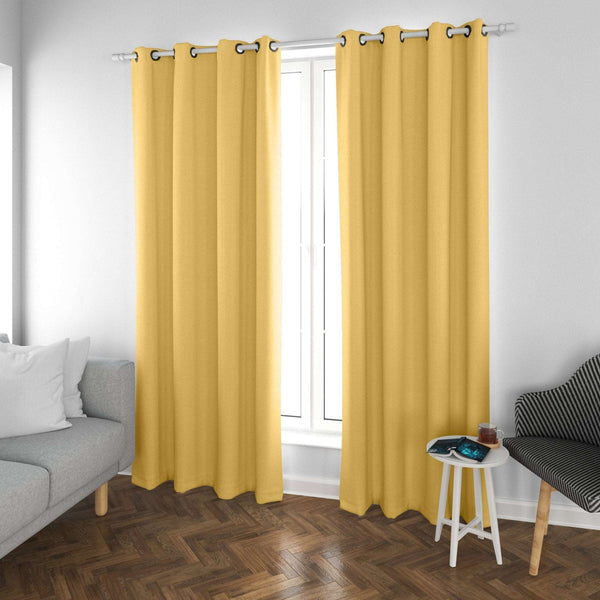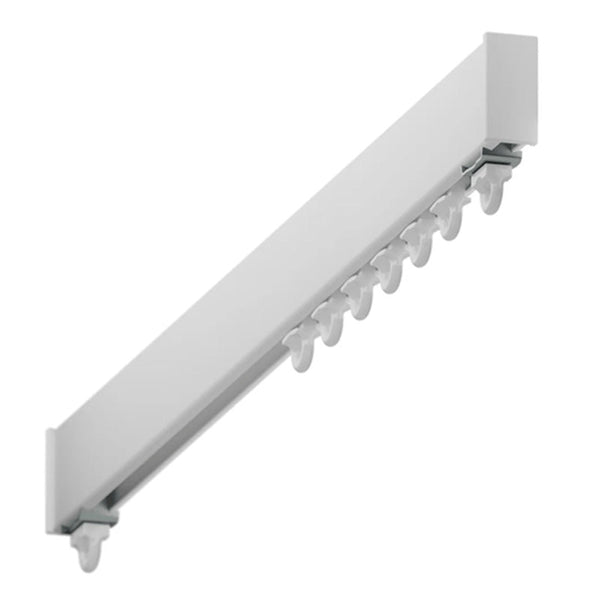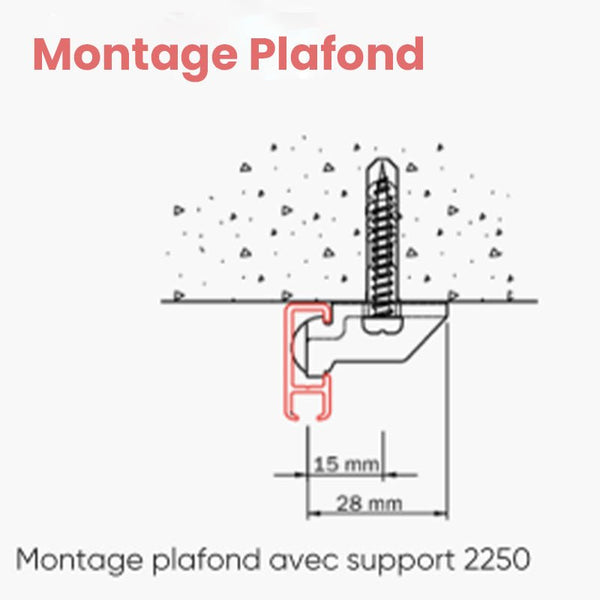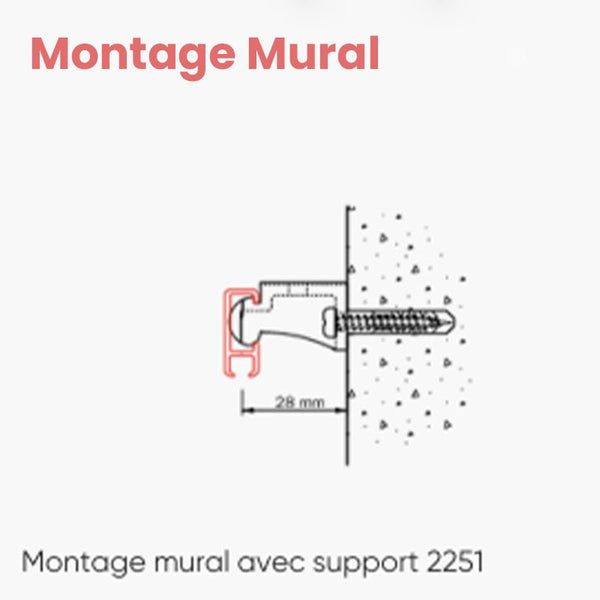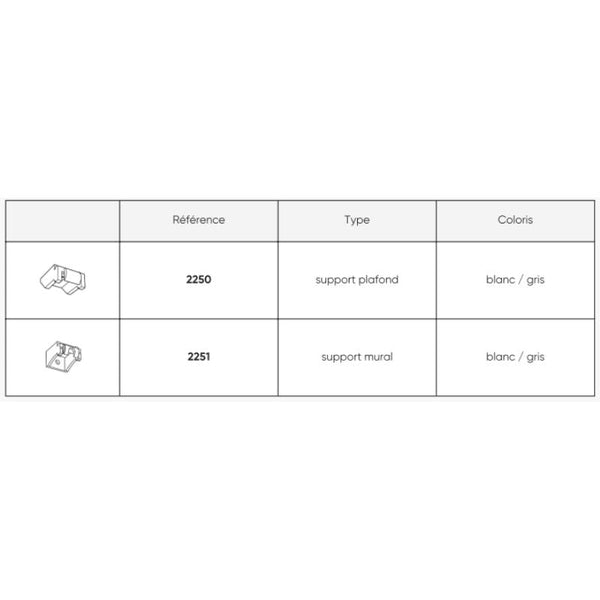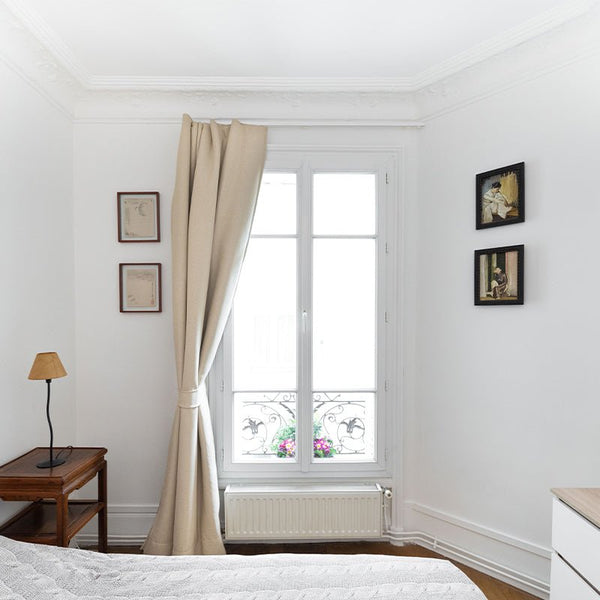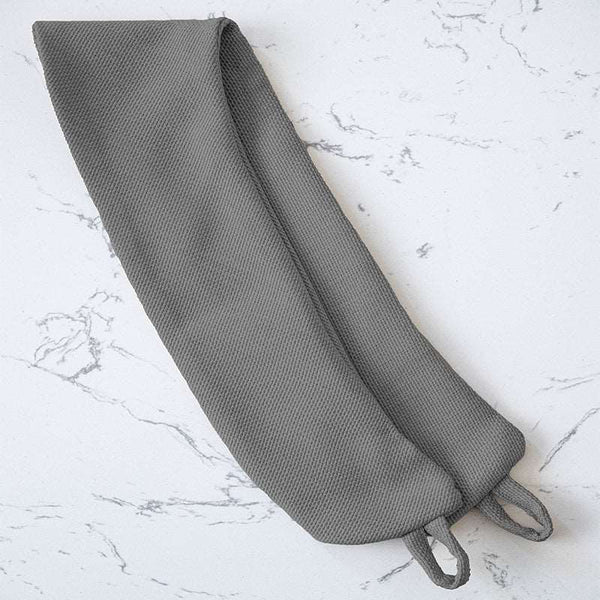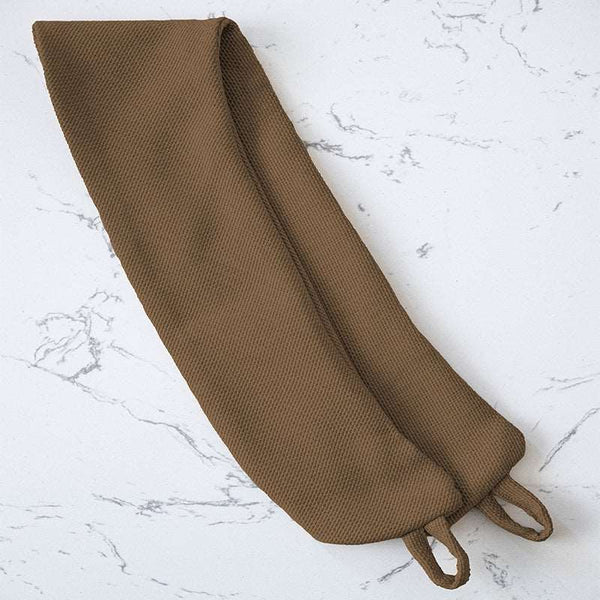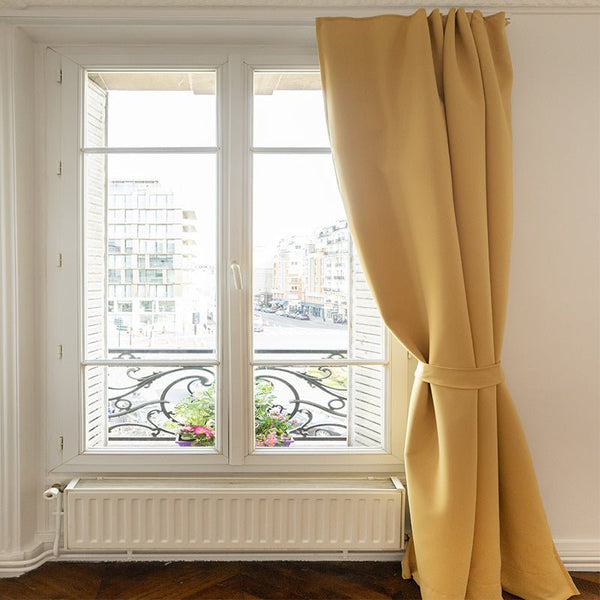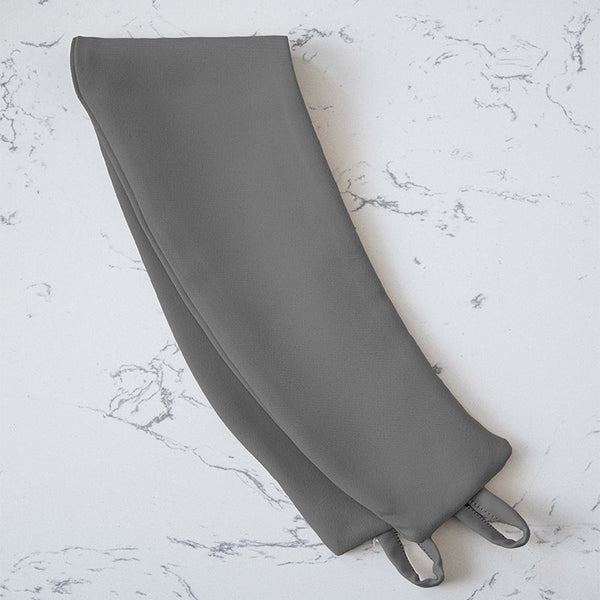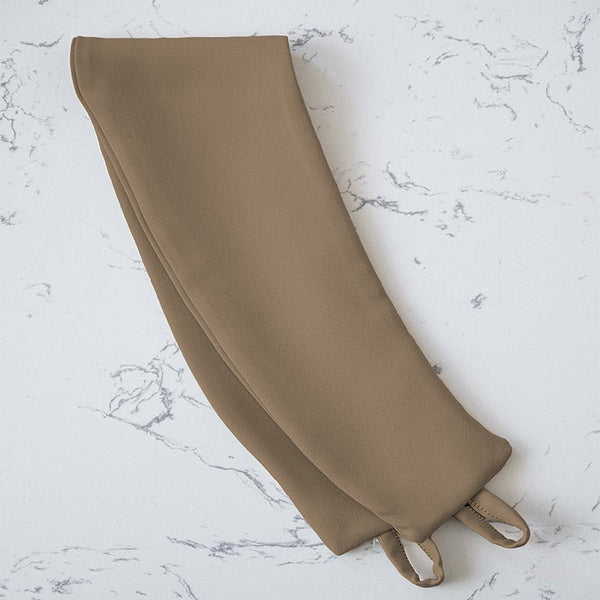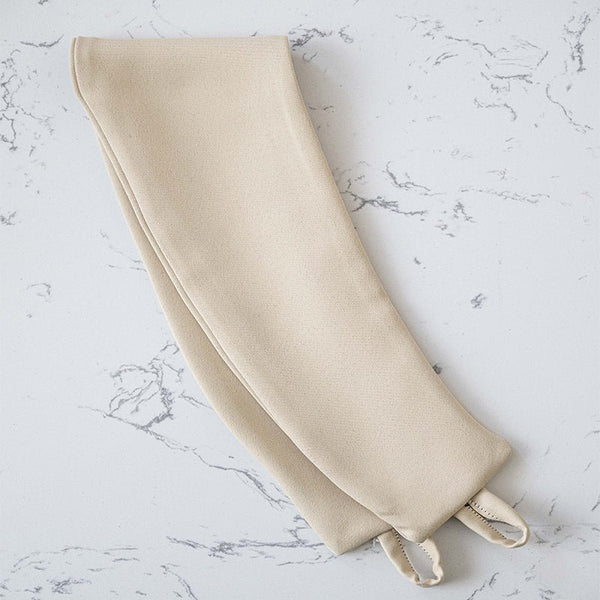Noise pollution is invading many homes, sometimes despite the fact that they have been designed to be quiet. Some add carpets, others invest in expensive equipment, but the acoustic problem persists. Why is this so? Because sound cannot be tamed by guesswork. It requires a detailed understanding of materials, their role and, above all, the difference between soundproofing and acoustic treatment. Many people confuse these two notions, rendering their installations ineffective. To create real acoustic comfort, the first step is to avoid common but avoidable mistakes.
Poor acoustics: why they persist despite your best efforts
Hard walls, tiled floors or empty ceilings generate unpleasant reverberation. Even a furnished room can resonate if not properly treated. One of the main causes of this resonance is the absence of strategically placed absorbent materials. This phenomenon does not depend on the sheer volume of a room, nor on its use alone. It depends on the ability of surfaces to manage sound waves: to absorb, reflect or diffuse them. More often than not, users seek to "isolate" the room when they should be looking to treat it acoustically. This technical confusion is the first flaw in the quest for silence.
A classic mistake is to confuse sound insulation with acoustic treatment. Sound insulation aims to prevent external noise from penetrating, or internal noise from escaping. Acoustic treatment, on the other hand, acts within the room to improve the quality of perceived sound. Overlooking this distinction leads to shaky, costly and ineffective installations, because the materials chosen don't serve their intended purpose. That's why it's useful to better understand the nature of effective materials, in particular by relying on reliable resources such as this comparison of the best acoustic insulation. This will help you avoid the pitfalls often associated with overly generalized products. What's more, some materials presented as universal are in fact only optimized for specific frequencies, which is why it's important to make an informed choice.
The most common mistakes in home acoustic treatment
Inadequate placement of acoustic materials creates dead zones or accentuates resonance. Bass traps placed in the middle of a wall do not act properly on low frequencies. Corners, often neglected, concentrate a large proportion of sound energy. Wall panels are sometimes installed without identifying the primary reflection points, which limits their effectiveness. Ceilings are also frequently overlooked, even though they play a major role in vertical resonance.
The use of unsuitable materials is another source of disappointment. Some acoustic foams sold at low prices have too low a density or a non-functional decorative design. Their shape may be attractive, but their acoustic performance is non-existent. Without certification or absorption measurements, these products mislead consumers. An effective treatment must act on several frequency bands, which these foams fail to do. What's more, some so-called "acoustic" panels only treat a specific frequency, leaving the rest of the sound spectrum unaffected. In this respect, acoustic curtains are a relevant alternative in rooms where glass walls amplify resonance. Their dense structure significantly attenuates sound reflection, while providing an aesthetically pleasing, modular solution.
Finally, decorative panels sold as acoustic solutions can give the illusion of improvement. But without laboratory testing, it's impossible to judge their real performance. A beautiful finish is no guarantee of sound absorption. The absence of certification or measured data should always raise a red flag.
Best practices for successful acoustic treatment
Before installing anything, the room must be analyzed. Identifying the points of primary reflection allows us to know where to place the absorbing elements. Based on the room's dimensions, furnishings and use, we determine the problematic frequencies. Low frequencies need specific treatment, as do midrange and high frequencies. Even a simple diagnosis optimizes every intervention.
The combination of acoustic materials creates balance. Bass traps, installed in the corners, manage excess low-frequency energy. Absorbent panels are placed on side walls, often where sound is directly reflected. Diffusers distribute sound energy, maintaining a lively, natural ambience. This complementary trio acts as an effective acoustic synergy.
Tip: combine aesthetics and performance right from the design stage
Rather than adding acoustic solutions as a last resort, integrate them into the design of your room as early as possible. For example, opting for elegant, certified soundproof curtains, like those from Nokomis, allows you to combine visual harmony and sound efficiency without compromise. This avoids cumbersome and inconsistent installations, while meeting the expectations of an interior that's as soothing as it is stylish.
For those who also want to preserve natural light while treating the space, noise-reducing curtains or acoustic sheers offer an elegant alternative. Their strategic placement in front of a bay window or to separate two areas optimizes both sound and visual comfort. The trick is to treat sound without enclosing the room.
Comparative table of acoustic materials
| Material | Main function | Recommended use | Eco-responsibility |
|---|---|---|---|
| Bass traps | Bass absorption | Part corners | Average |
| Absorbent panels | Reflection reduction | Side walls, rear | Variable |
| Diffusers | Sound distribution | Rear wall / ceiling | High (recycled wood) |
| Noise protection curtains | Sound damping | Windows, room dividers | High |
| Acoustic mats | Reduced ground reflections | Under offices, lounges | Medium to high |
This table highlights the importance of choosing each material according to its function and location. An effective solution is the result of a coherent combination, not the arbitrary addition of elements.
Acoustic treatment for Nokomis customers: combining comfort, ecology and aesthetics
Julien, a communications executive living in the city center, spends his days between video meetings, recording podcasts and editing content. His living room, as bright as it was uncluttered, sounded unpleasant, despite his best efforts: carpets, plants, bookcases. Nothing seemed to be enough. This need for calm, combined with a desire to buy responsibly, led him to Nokomis.
For over ten years, Nokomis has been offering noise reduction curtains combining performance and design, designed and manufactured in France. The "Performance PLUS" model, for example, reduces noise by up to 30 dB, while offering complete blackout and thermal insulation. For Julien, this means being able to record without noise interference, even in dense urban environments.
Acoustic curtains, on the other hand, let light through while absorbing five times more noise than conventional curtains. It's this duality - acoustic efficiency and clarity - that appeals to designers and telecommuting professionals alike. Nokomis also stands out for its manufacture using environmentally-friendly materials, with a real commitment to sustainability.
Each product is customizable, allowing perfect integration into the existing space. For Julien, this is not just a technical purchase, but a choice in line with his values. The customer experience, from advice to installation, is seamless, professional and respectful.
Redefining sound comfort without sacrificing aesthetics
Are you looking for an acoustic solution that doesn't sacrifice your decor or your ecological values? Think of products that absorb sound while respecting your living space. Nokomis embodies this new generation of responsible, elegant furnishings. And you, in which room would you like to finally hear silence?
